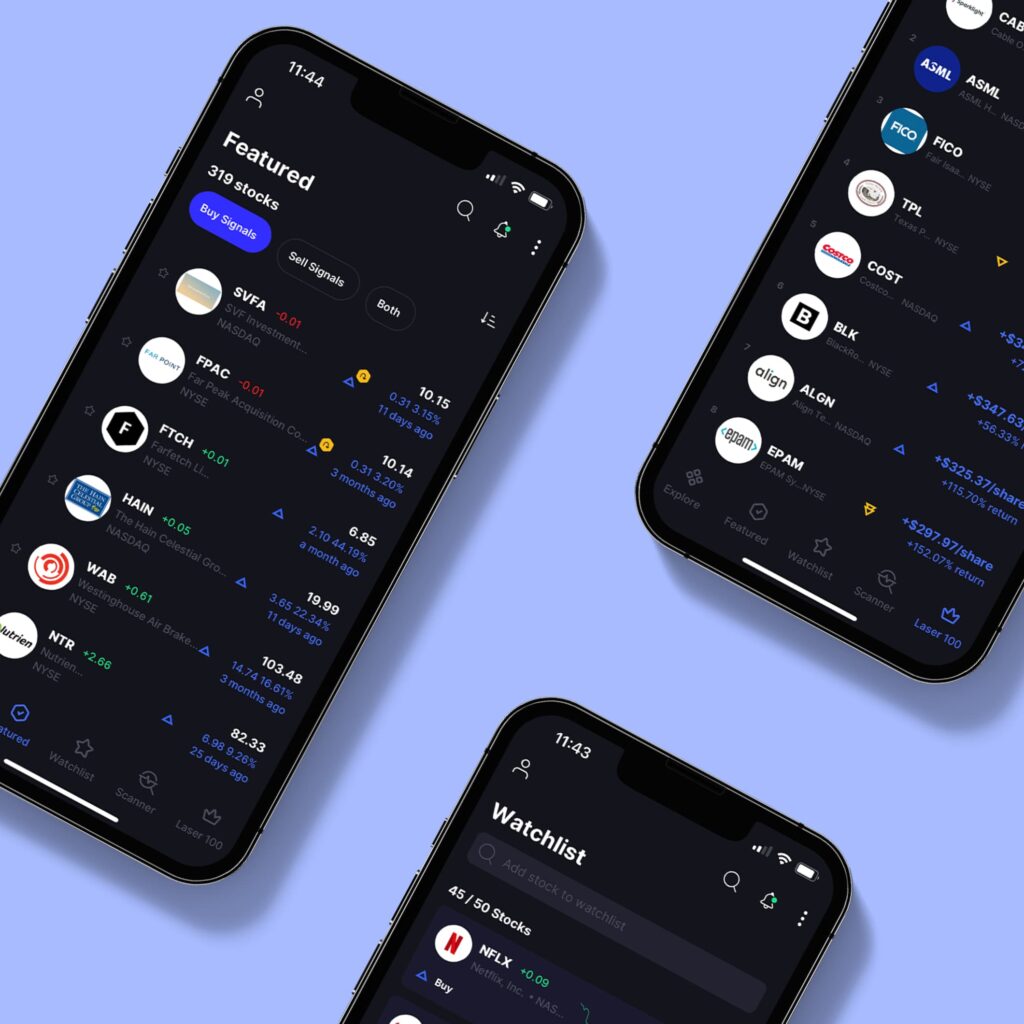Blog
Crawling Websites: A Guide for Non-Technical Founders

Introduction
Today, data is the new oil, powering innovations and driving decisions across industries. However, accessing this valuable resource isn’t always straightforward, especially when it involves gathering information from the vast expanse of the internet. This process, known as web crawling, is akin to what search engines like Google do to index the web. For founders trying to gather data for their project, it’s crucial to understand the intricacies and challenges of crawling, especially when the data resides on sites not primarily designed for machine reading. For instance, extracting Amazon product prices can be a complex task, but understanding how to scrape Amazon can make this process more manageable.
Web crawling involves deploying a robot (a software program) that uses a browser framework to mimic human user behavior, visiting web pages to read and gather data.
This process is fundamental for businesses that rely on up-to-date information from various online sources. However, this process is filled with technical and ethical challenges.
Starting your web crawling journey might seem daunting, but with the right guidance and tools, it’s entirely achievable.
The Challenges of Web Crawling
One of the primary hurdles is the legal and ethical considerations. Many websites explicitly prohibit crawling in their terms of service (TOS), and there are web scraping laws that you need to be aware of.
Ignoring these can not only lead to legal repercussions but also damage a company’s reputation. Kindly note that we don’t encourage anyone to breach terms of service so be very careful.
Additionally, the technical aspect of identifying and extracting the right data reliably from unstructured web sources poses a significant challenge. The desired information might be nested in complex HTML structures, requiring sophisticated parsing algorithms to extract.
Moreover, data often resides behind paywalls or login screens, complicating access. Engaging in crawling activities that circumvent these barriers can easily lead to identification and potential legal issues.
The logistical aspects of crawling, such as the requirement for extensive storage to hold the gathered data and the financial costs associated with it, add another layer of complexity.
Depending on the scale, the expenses related to storage, processing power, and bandwidth can quickly escalate.
Another significant challenge is the technical countermeasures employed by websites to thwart crawling efforts.
Techniques like CAPTCHAs, rate limiting, IP blocking, and geofencing are designed to detect and block automated access, turning data collection into a continuous cat-and-mouse game.
Crawlers must constantly evolve to mimic human behavior more convincingly and navigate these anti-crawling measures.
An illustrative example I’ve seen of the lengths to which companies might go to overcome these obstacles is a repricing engine setup involving 20 modems in a residential home.
This setup was custom-programmed to reconnect every 15 minutes to obtain new IPs, along with captcha solvers and mobile emulators, highlighting the sophisticated strategies employed to maintain access to desired data.
Navigating the Maze
For non-technical founders, the complexity of web crawling can be daunting. It’s not just about the technical execution but understanding the legal, ethical, and logistical ramifications.
Collaborating with a Fractional CTO can provide the expertise needed to devise a crawling strategy that navigates these challenges effectively.
A fractional CTO can offer the technical insight and experience to create a robust, ethical crawling operation, ensuring that the data driving your business decisions is gathered in compliance with legal standards and respects the digital ecosystem.
In conclusion, while web crawling offers a pathway to valuable data, it’s a journey filled with technical, ethical, and legal hurdles. Understanding these challenges is the first step towards harnessing the power of web data responsibly and effectively.
With the right expertise and approach, non-technical founders can leverage crawling to fuel their business strategies without falling into the pitfalls that lie in wait.
Want to learn more about crawling or how to guide your technological software projects?
Get in touch with us, we’d be happy to chat!
Read more


Case study:
Stock Timing Tech
How Stock Timing Tech Overcome Technical Hurdles and Launched their App in 6 Months.

What is the Purpose of a Product Roadmap

How the Adoption of Blockchain is Expected to Revolutionize Remote Work Practices

Reduce SaaS Churn with AI-Generated Explainer Videos

Software Migration: Moving From Desktop to SaaS
Create a free plan for growth
Speak to Victor and walk out with a free assessment of your current development setup, and a roadmap to build an efficient, scalable development team and product.
“Victor has been great. Very responsive and understanding and really knows his stuff. He can go the extra mile by tapping into his prior experiences to help your company out. Really enjoyed working with him.”
Founder of Agency360

Victor Purolnik
Trustshoring Founder
Author, speaker, and podcast host with 10 years of experience building and managing remote product teams. Graduated in computer science and engineering management. Has helped over 300 startups and scaleups launch, raise, scale, and exit.